First of all, a week after the artificial insemination, here’s what we have for a pumpkin so far:
This is about 1.5 lbs. and about 10″ circumference. I’m so excited at this!
Unfortunately, the next several female flowers haven’t been opening up, but they can be really sensitive to amounts of water it receives. There are 4-5 more buds pending, and I’m keeping tabs on it…
Someone on Facebook commented about the breed of pumpkin he was growing, and it wasn’t till then I realized I don’t know what breed this pumpkin is going to be. It could be a pie pumpkin, a jack ‘o lantern pumpkin, or maybe one of those state fair pumpkins?
We’ll all just have to wait and see….
Break break.
I’m not sure whether I’d mentioned it on my blog, but we are also growing hops in our backyard. We ordered some rhizomes this past spring from American Brewmaster, the store that Dave frequented for his beer-making supplies while we were living in NC. After consulting billions of websites (here’s one) looking for how hops are grown, we learned that Nebraska is at the ideal latitude for growing them, and if the soil is good, and they’re planted in the right place, we could get enough hops to nicely augment Dave’s homebrewing.
So Dave ordered two rhizomes of Centennial hops this past March (at $4 per rhizome, this seems a much better deal than $4 per ounce for hops cones themselves!), and we potted them in pots in April to give them a head start. This is from April 9th.
The first week of May, Dave rigged up the trellising and we put the hops in the ground!
There was little progress for a month or so, Dave and I got a bit worried. By Memorial Day, nothing was climbing…
Picture from May 26th.
Just before our vacation, we saw evidence of some real climbing, and by the time we got back from our vacation, the vines had reached the tops of the trellises! From June 29th. 
Just after July 4th, flowers started to appear up at the topmost parts of the vines, and I’ve been having a pretty hard time getting good pictures of them…here’s what I got today (July 21):

We weren’t expecting flowers this year. Hops are perennial vines that usually use its first-year growth to focus on strengthening its root system and establishing itself. But whatever we get will be great, and can be preserved for future brews. We’re just starting to see the flowers, flowering is allegedly going to continue through late August/early September, so I foresee plenty for at least one batch for Dave and his friends to enjoy this fall/winter.
After all, the world is just coming off of a hops shortage, and the homebrewers takes the brunt of such shortages….
Cheers and happy gardening!










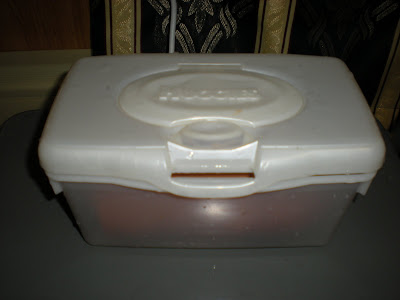
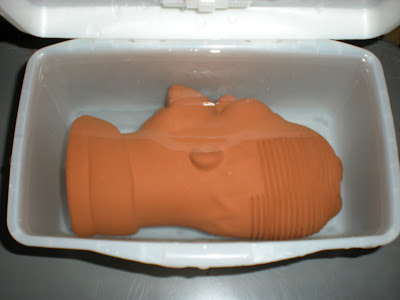

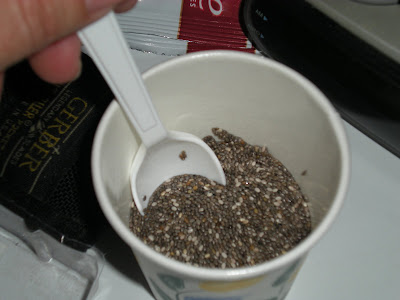
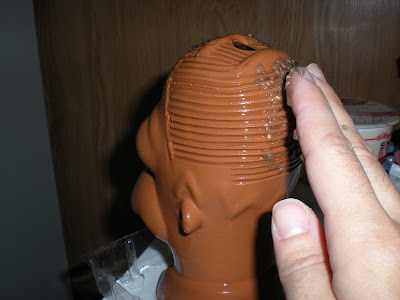

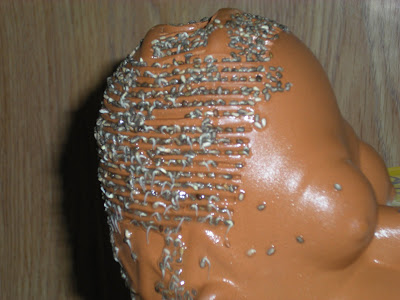

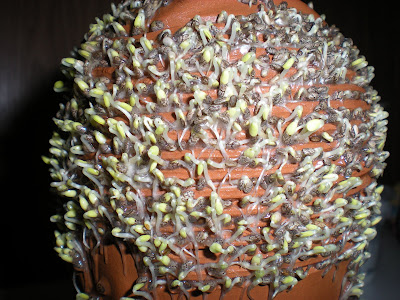

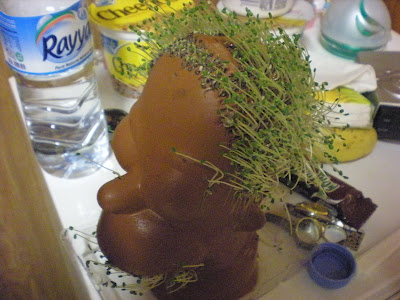






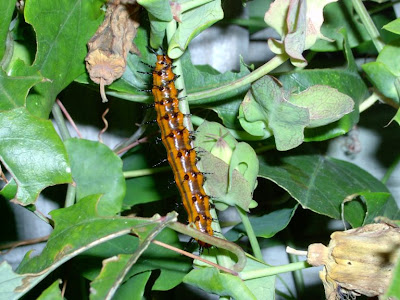
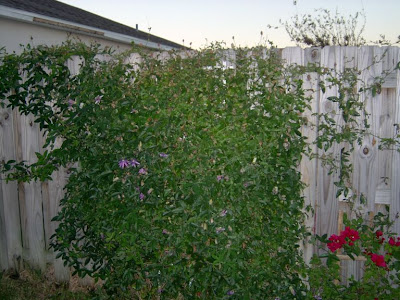
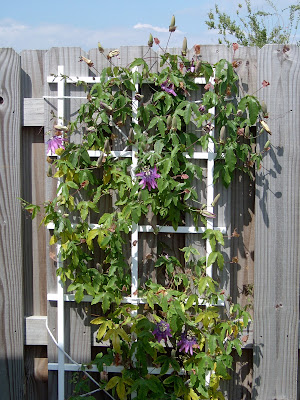
Recent Comments